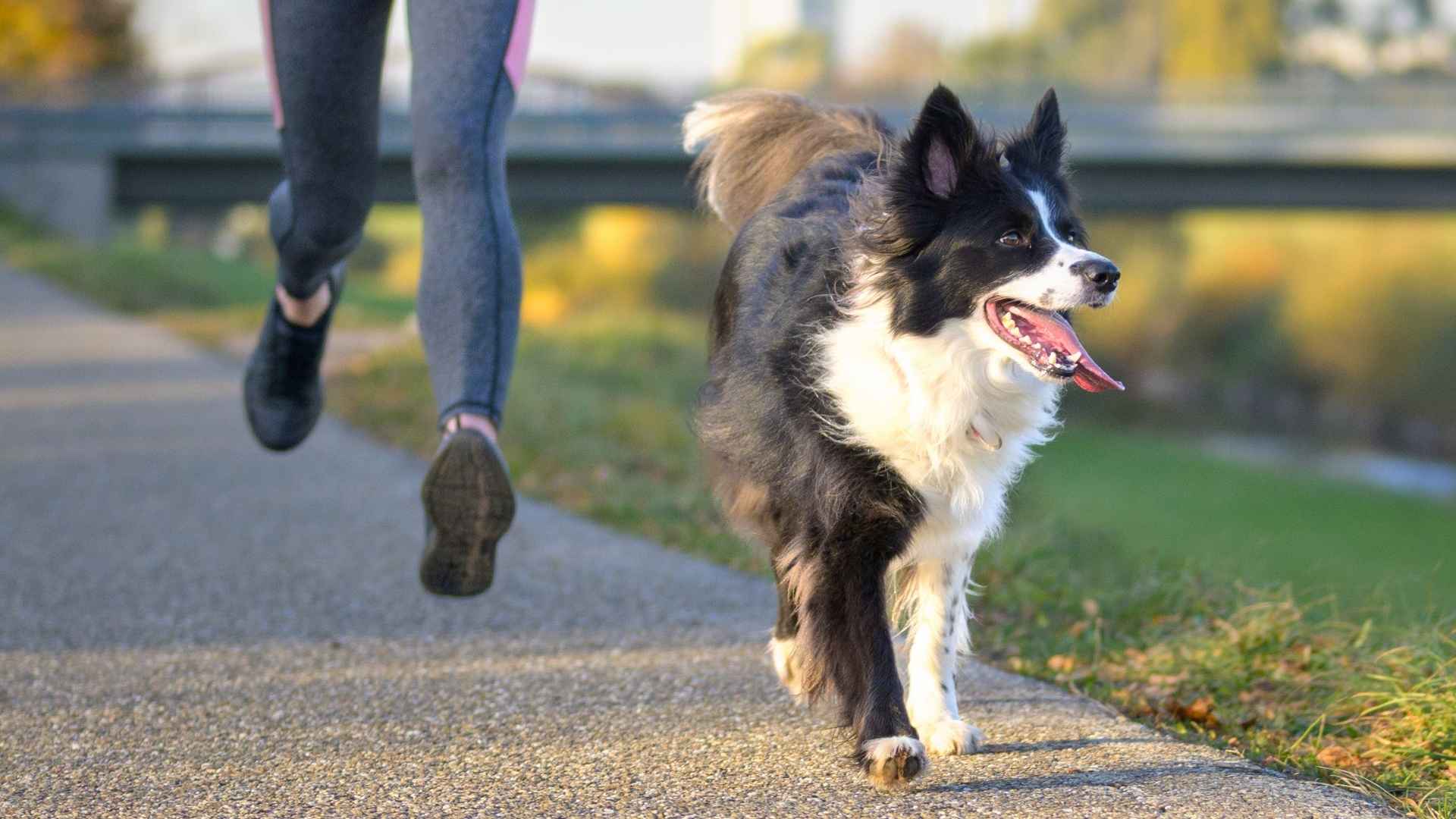Running is a popular way to stay fit because it’s easy to do. You don’t need much gear, and you can run almost anywhere, whenever it works for you.
Over 50 million Americans run regularly, yet many leave their most loyal potential workout partner behind—their dog. But not all dogs are built for distance. While some breeds tire quickly or overheat, others have been developed for stamina, agility, and consistency.
Their ability to match your stride, push your pace, and stay motivated with you can turn solo jogs into shared routines. Dogs with running potential often come from working or sporting backgrounds, initially bred for herding, chasing, or patrolling vast areas.
Their bodies are designed for movement, and their minds crave stimulation. These are the breeds that don’t just enjoy running—they need it. Whether you’re hitting the trails, jogging at the park, or training for a half marathon, having the right companion makes all the difference.
This guide will walk you through dog breeds that thrive alongside runners, offering loyalty, energy, and unmatched endurance mile after mile.
Dog Breeds Suitable For Running Companions
1. Weimaraner
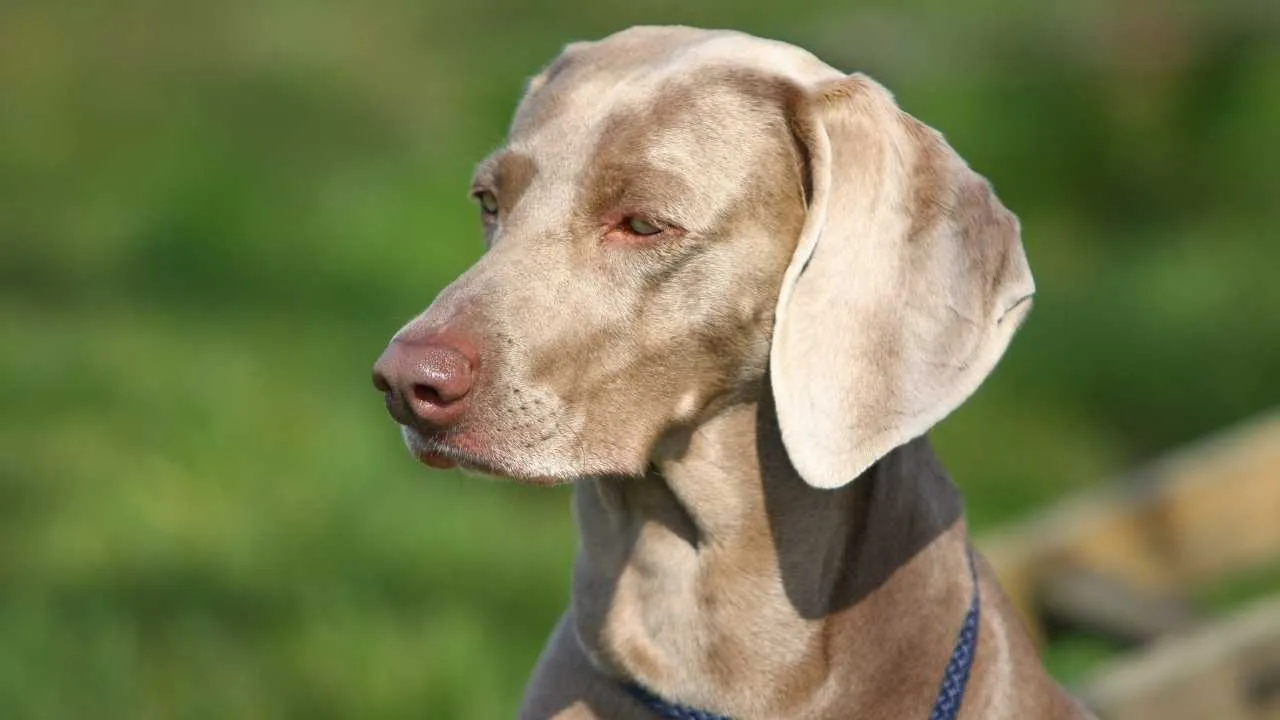
Weimaraners have a sleek, athletic frame with a chest built for deep breathing during physical activity. Their long limbs and narrow waist allow a fluid stride that conserves energy. This makes them naturally suited for sustained outdoor movement.
Endurance Rooted in Purpose
Originally bred as hunting dogs, Weimaraners developed the stamina to cover miles across rugged terrains. Their lean muscle mass and excellent oxygen capacity keep them going without tiring easily. This physical resilience stands out even among other active breeds.
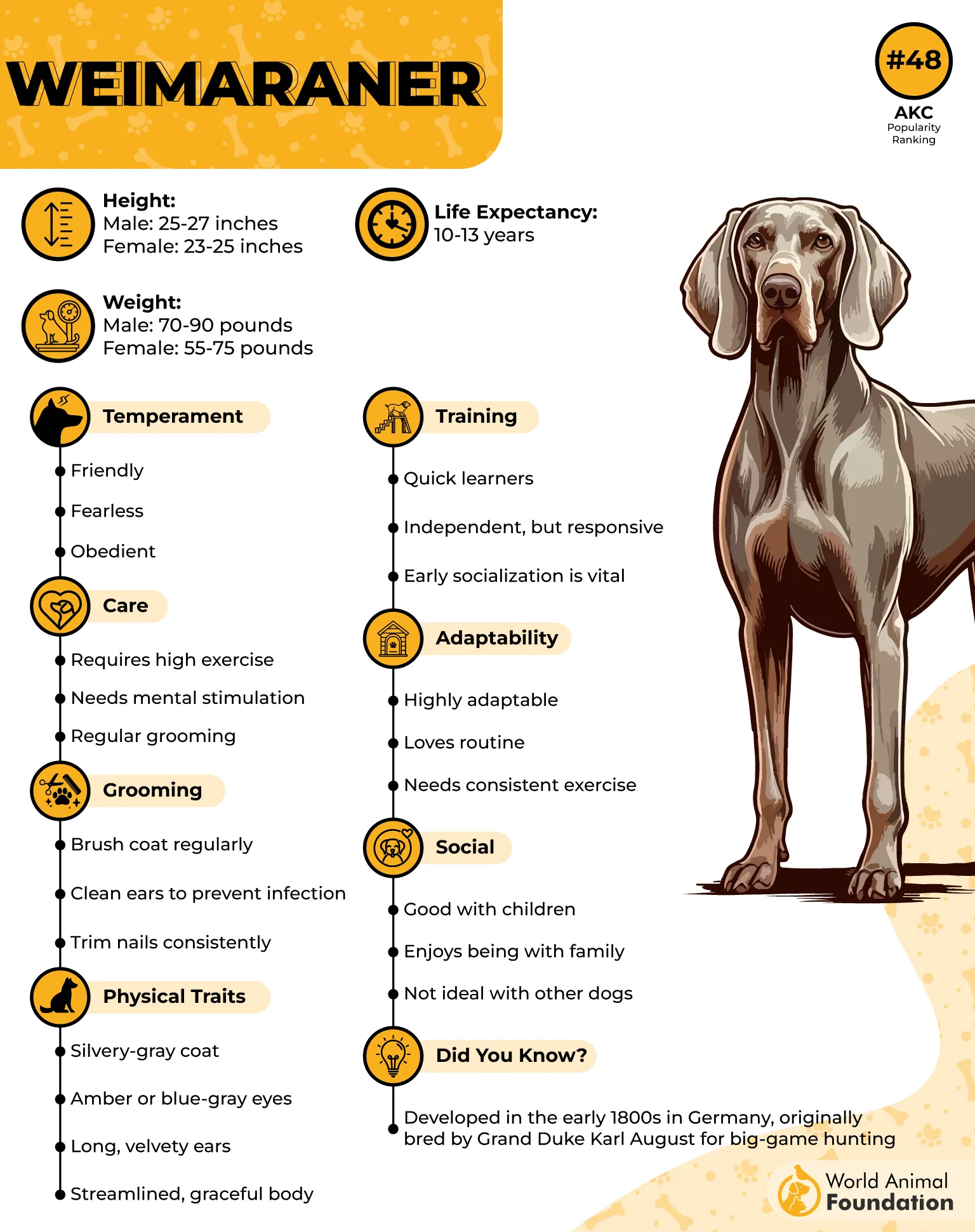
Mental Focus While in Motion
Their steady focus and low startle response make them less reactive to distractions while running. They match pace easily and are less likely to zigzag or lose rhythm. This focus makes them more synchronized running companions than many expect.
A Fun Detail About the Breed
One of the few breeds that can exhibit a grey-to-silver coat with light amber eyes, the Weimaraner is sometimes called the “Grey Ghost,” as mentioned in the Orvis. This nickname came from their stealth and speed during early field work — a reputation still respected today.
2. Dalmatian
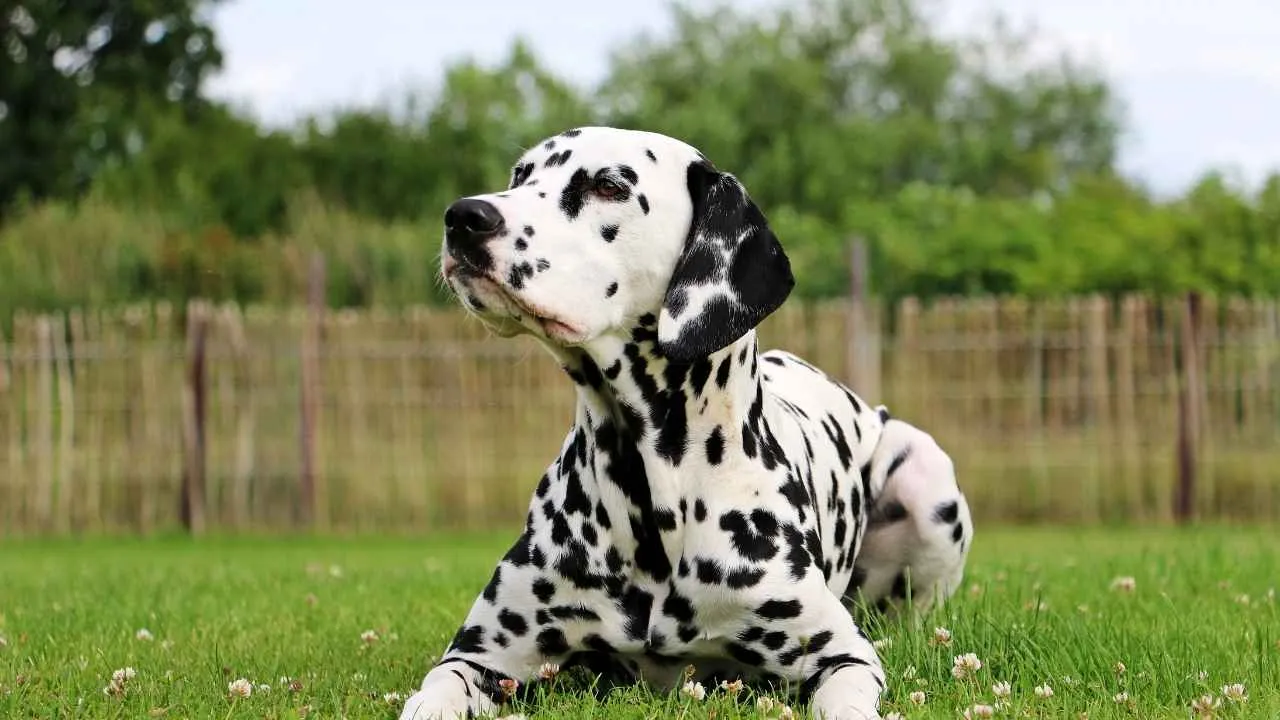
Dalmatians carry a lean, athletic body built for movement across long distances. Their gait is even and consistent, allowing them to hold a steady pace without tiring quickly. This structure supports natural running ability without excessive strain.
Historic Role as Coaching Companions
They were historically used as carriage dogs — bred to trot beside horses over long routes. That instinct to keep pace and stay in formation has remained deeply embedded. Their energy output aligns well with extended exercise sessions outdoors.
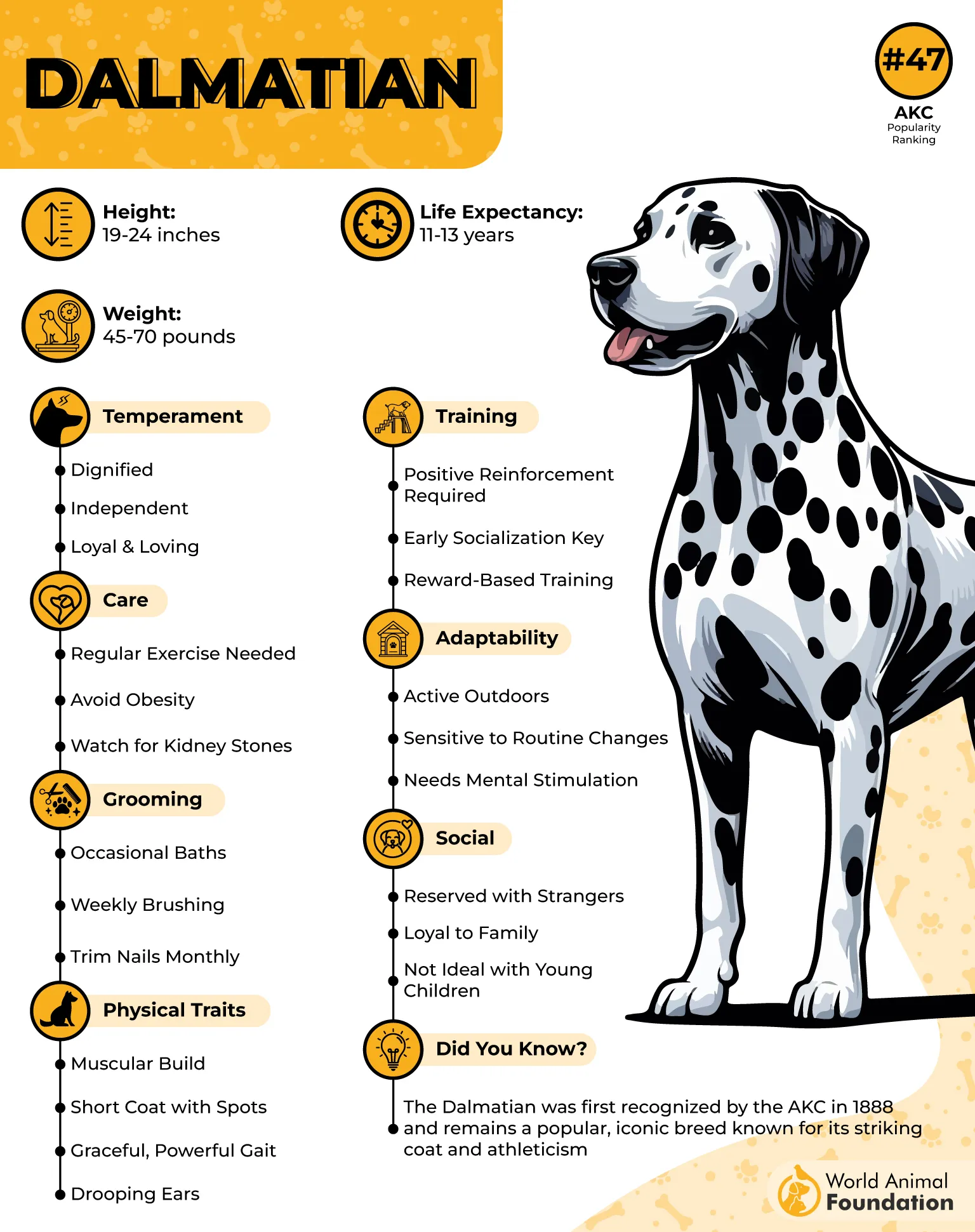
Focused and Predictable on the Move
Dalmatians are mentally wired to track a route and maintain rhythm, which is rare among running dogs. They’re known to match the stride of their human partner over time. Their predictability in pace adds safety for consistent runners.
Unique Spot Pattern from Birth
Every Dalmatian is born completely white and develops its famous black or liver-colored spots later. This spotting pattern is genetically unique to the breed and has been documented in historic records for over two centuries.
3. Vizsla
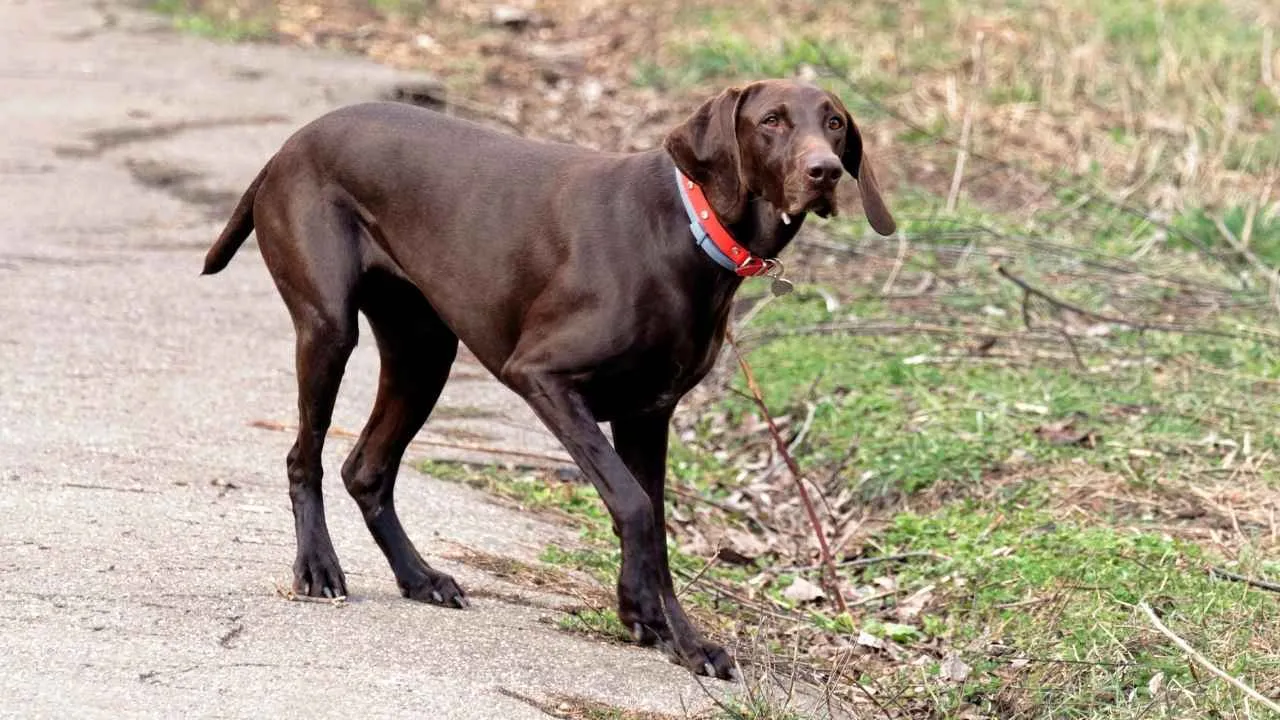
Vizslas have a slim, medium-sized build, averaging 45–60 pounds, making them manageable in confined spaces. Their short coat sheds minimally and requires little grooming. They also carry very little doggy odor, which suits shared living environments.
Emotionally In-Tune and Quiet
This is an energetic canine, but they are surprisingly quiet indoors when mentally satisfied. Known for their “Velcro-dog” tendencies, Vizslas form close bonds and often rest calmly when close to their owner, as written in PetMD. Barking is rare unless triggered by clear stimuli.
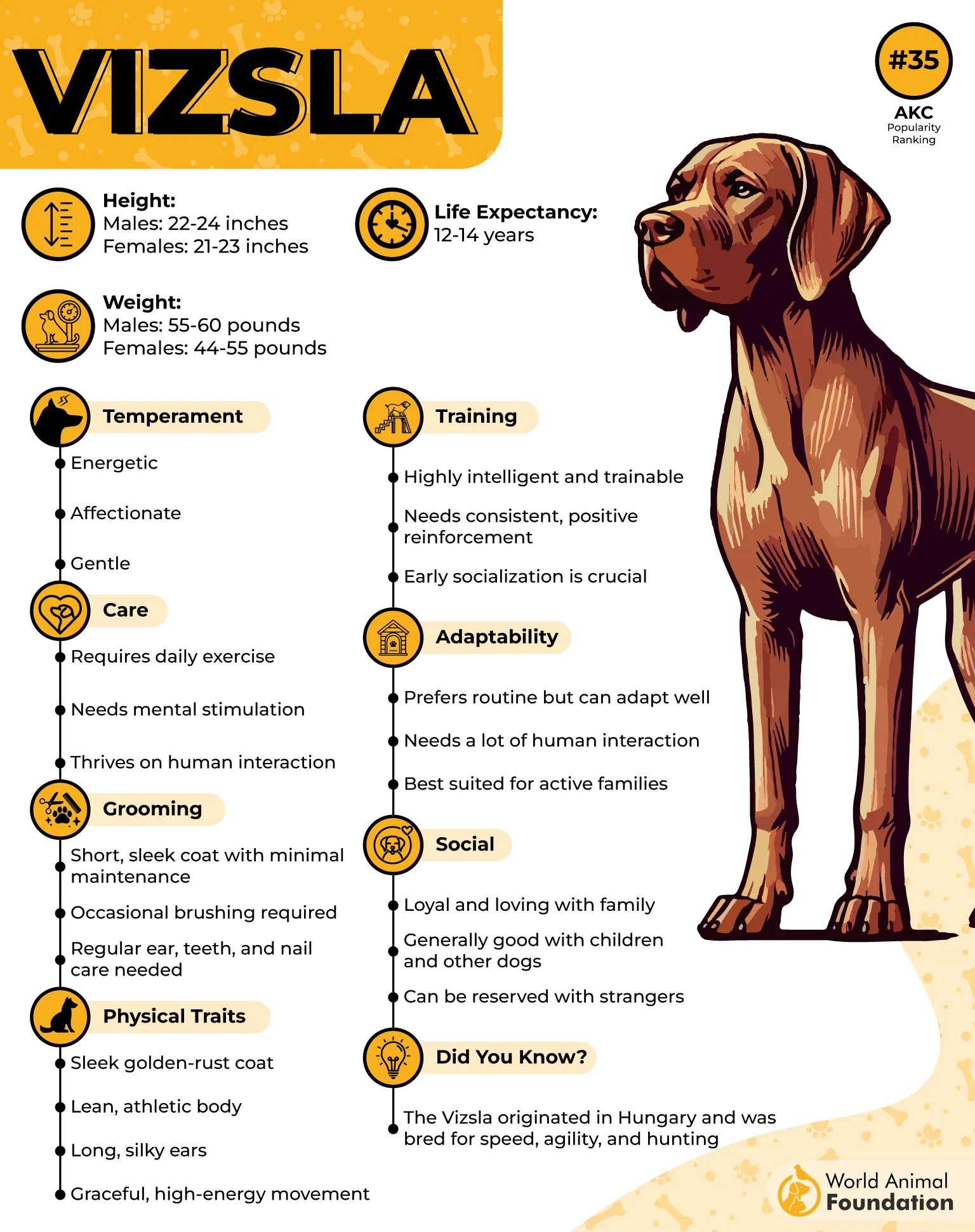
Structure of a Natural Athlete
Originally bred in Hungary, Vizslas were designed for agility and endurance in fieldwork. As highly athletic dogs, they need daily outlets like brisk walks or structured play. Apartment life works well when paired with consistent physical engagement.
A Rare Quirk in Their Behavior
Many dogs tend to seek corners or beds, but Vizslas are known to sleep under blankets — a behavior observed even in adulthood. It’s one of their endearing quirks and adds to the breed’s reputation for seeking warmth and closeness.
4. German Shorthaired Pointer
German Shorthaired Pointers were bred to track, point, and retrieve across various terrains. This gave them a clean, athletic build with strong hindquarters and a deep chest. Their physical structure supports long sessions of controlled, forward momentum.
Effortless Ground Coverage
Their movement is smooth and calculated, helped by a balanced frame and compact paws. They maintain even pacing during distance runs, which keeps fatigue minimal. Their tail carriage also helps with stability at higher speeds.
Driven by Internal Motivation
This breed is known for self-motivation during physical tasks, especially those involving scent or direction. They stay mentally locked in during runs, often responding to cues without breaking rhythm. This makes leash training for running more fluid.
Recognizable by a Genetic Trait
The breed’s tendency to point with its entire body — including a rigid tail and lifted paw — is an inherited trait. It’s deeply ingrained, not taught, and is one of the few consistent behaviors passed through generations with minimal variation.
5. Rhodesian Ridgeback
Originally developed in southern Africa, the Rhodesian Ridgeback has a dense, athletic frame built for tracking lions across tough terrain. Their smooth, even gait helps conserve energy on long runs. They carry weight efficiently without losing speed or stride control.
Highly Responsive and Self-Assured
Known for their independence, they run with minimal need for constant direction or verbal prompts. This makes them easier to manage on trails or open stretches. Their calm confidence sets them apart from most dogs when it comes to outdoor discipline.
Efficient Endurance and Heat Tolerance
These dogs perform well even in warmer climates thanks to their short, dense coat and low body fat. That background gives them natural stamina during long runs in sun-exposed environments. They’re often listed among energetic dogs that handle physical strain well.
A Name That Comes With a Line
Their name stems from the distinctive ridge of hair along their back — a trait found in no other canine companion with such consistency. Despite being bred for lion tracking, they’re now considered among the best dog breeds for athletic owners.
6. Belgian Malinois
Belgian Malinois have a naturally efficient gait that makes them ideal for fast-paced and distance-based running. Their compact frame allows smooth transitions between walking, trotting, and sprinting. They maintain speed with minimal drag or wasted movement.
Conditioned for Endurance
These muscular dogs were bred to herd and patrol large stretches of land throughout the day. Their lean but powerful build supports extended physical output with little fatigue. Even in warm weather, they maintain steady pacing when conditioned well.
Mentally Tuned for Routine
Belgian Malinois are known to sync easily with consistent cues and voice commands while running. They thrive in structured exercise, often responding to a dog trainer with remarkable precision. This level of mental discipline adds to their outdoor performance.
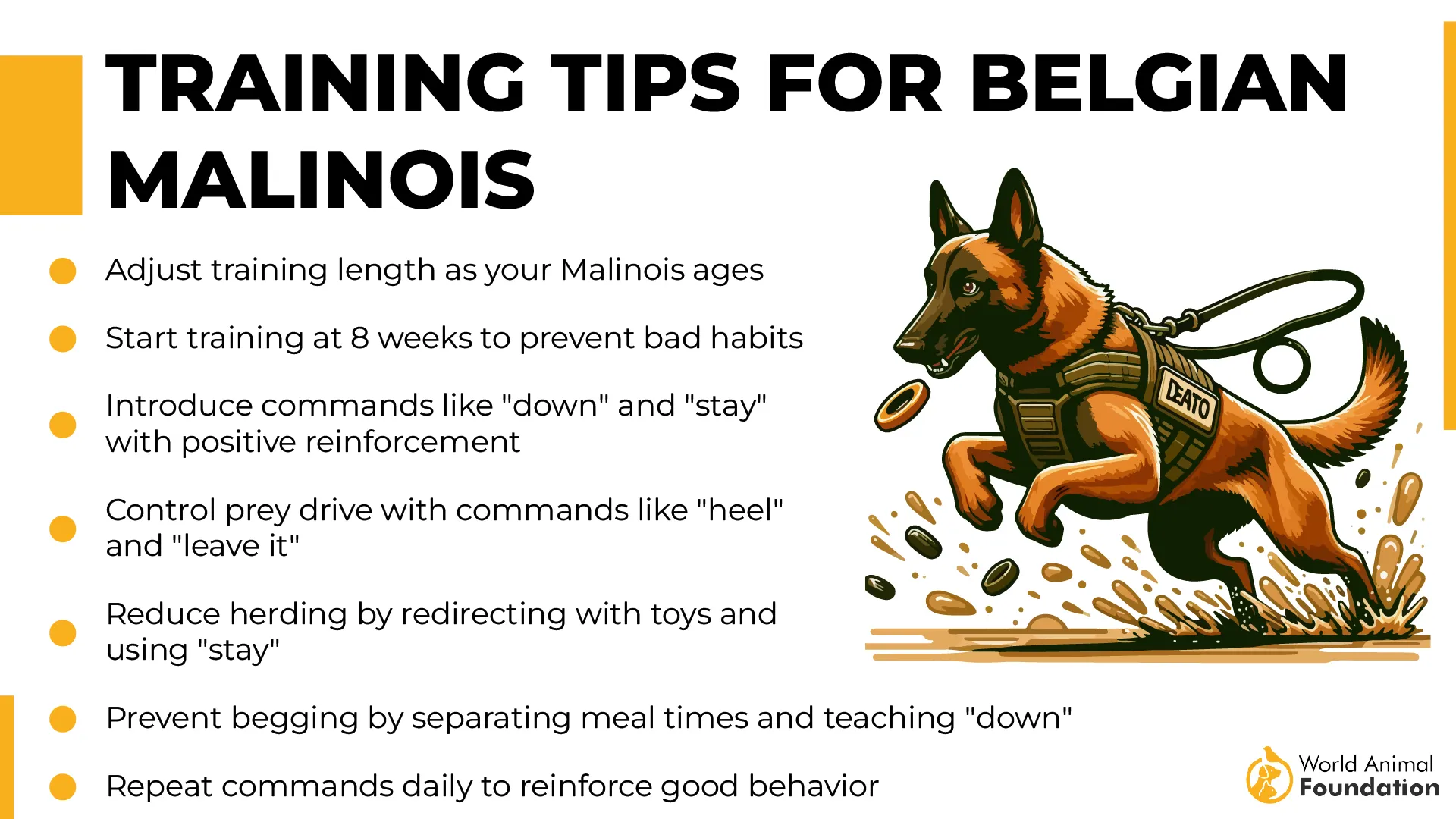
A Historical Detail
The Belgian Malinois is one of four Belgian sheepdog varieties, but it’s the only one used widely in military departments, as mentioned in the AKC. Their nerve stability and physical control during mid-air drops are part of real operational records, not folklore.
7. Greyhound
The Greyhound’s narrow skull, deep chest, and flexible spine allow it to accelerate with little effort, as claimed by Oxford Stadium. Their double-suspension gallop is biomechanically unique among dogs. These traits help them maintain fluid motion across varying terrains.
Moderate Energy with Fast Recovery
Despite their sprinting ability, Greyhounds are known to recover quickly after exercise. Their low body fat and efficient cardiovascular system reduce overheating. This balance allows for consistent performance during regular running sessions.
Low Reactivity and Steady Behavior
With an even temperament, Greyhounds stay calm around traffic, cyclists, or other distractions. They adapt quickly to new routes with proper training, especially when introduced to distance gradually. Their predictable rhythm makes them safe partners for urban runs.
Fun Fact and Functional History
The breed holds the highest running speed among canines — reaching up to 45 mph — but also thrives on routine and mental stimulation. Once reserved for Egyptian royalty, they were considered the perfect dog for speed, grace, and companionship.
8. Border Collie
The Border Collie has a slender, agile frame and a shoulder set that enables efficient forward movement. Their double coat doesn’t weigh them down, making them adaptable to varied climates. Their endurance comes from generations of nonstop movement over tough landscapes.
Consistent Pace with Sharp Responsiveness
Border Collies can adjust speed intuitively, making them ideal for steady runs without erratic behavior. Their fast reflexes keep them from tripping over obstacles or losing trail awareness. This makes them well-suited to runners who like dynamic outdoor routes.
Mental Drive That Matches Physical Energy
Their high intelligence drives them to stay mentally engaged while covering long distances. This isn’t common to certain breeds, especially during repetitive physical tasks. They often anticipate turns or route changes without being cued repeatedly.
Fun Fact Tied to Athleticism
The breed holds records in canine agility and obstacle competitions due to their explosive speed and control. Known for eye-stalking movement during herding, this trait helps them pace beside a runner, making them a near-perfect companion for high-energy owners.
9. Labrador Retriever
Labs are built with a broad chest and powerful hindquarters that help generate forward propulsion. Their balanced weight-to-height ratio supports efficient movement. These structural features allow a steady pace over various terrains.
A Working History That Built Endurance
They were originally developed to retrieve fishing nets in icy waters — a job that demanded high endurance and strength. This background explains why they have such great stamina even today. They thrive in environments that challenge their movement and agility.
A Companion That Matches Energy
Labs are eager to please and sync well with active owners, adjusting their speed and rhythm naturally. Their temperament reduces erratic behavior during runs, which helps maintain a safe, steady flow. This also makes them great for both short and long routes.
A Widely Loved Runner’s Partner
A widely recognized loyal pup, the Labrador is also one of the great dogs for families who enjoy regular outdoor time. This strong breed is even known to participate in charity runs or dog-friendly marathons, especially in cooler seasons.
Conclusion
Long-distance running, trail running, or a quick evening jog—whatever your pace, the right dog can keep up. These breeds were made for motion, bred through generations as working dogs with stamina and drive.
Some are built for speed, like the fastest dog breed, while others shine in consistent distance running. If you need motivation, loyalty, and rhythm on your route, these running partners deliver.
They adjust easily to short-distance running or longer sessions and often require daily exercise to stay balanced. Whether for trails, roads, or routine workouts, these dogs are companions that move with purpose.


